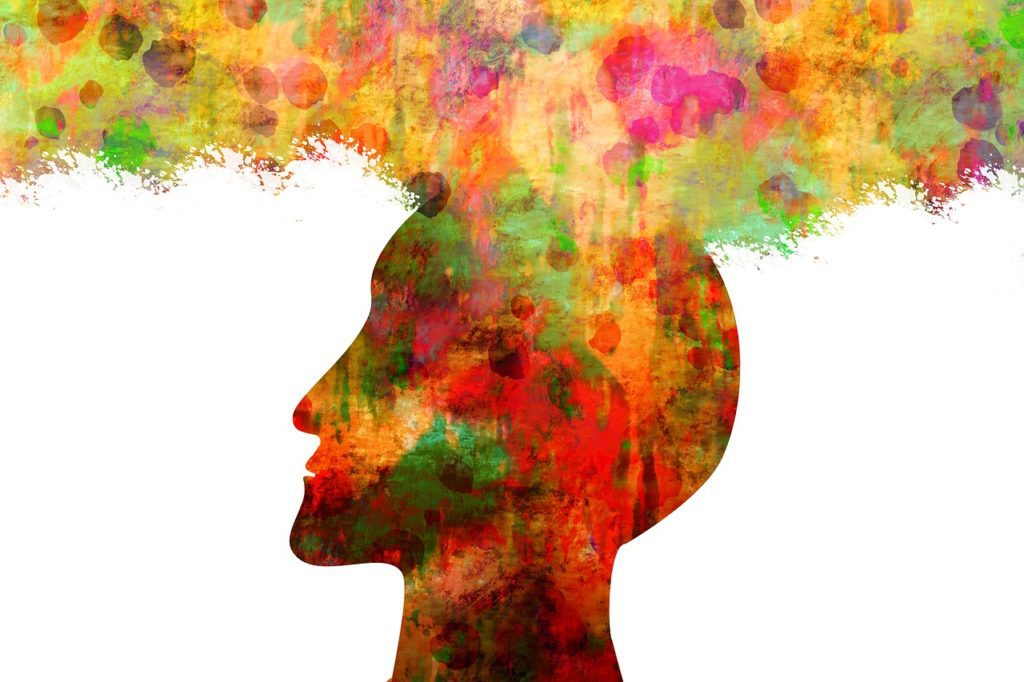If the notion of mindfulness meditation for beginners sounds daunting to you, there’s no need to worry!
Yeah, taking some time to sit down and come to stillness each day can be challenging at first. But you’ll find that if you stick with it, your meditation practice becomes like a friend you go to when you seek calm.
You may even start to look forward to it. (Some days.)
What Is Mindfulness?
Though it may come across as some lofty goal like enlightenment, mindfulness is something you already have. But if you’re not practicing it, you may not have much awareness of it.

Mindfulness is merely the ability to be fully present in the moment. It’s having an awareness of what you’re doing and where you are, and then taking it all in without judgment or criticism.
When you’re acutely aware of what you’re experiencing through your senses, that’s mindfulness. The same can be said for recognizing your state of mind as relayed by your thoughts and emotions.
The problem is, most of us are so busy or distracted that we’re often working from a fully reactive state and further deepening the neural pathways that create this stressful state. Growing research shows, however, that when you begin to train your brain to be mindful, you are actually changing those neural pathways.
That’s where mindfulness meditation comes in.
So What Exactly Is Mindfulness Meditation?
Meditation is not a thing. It’s not a goal. And it’s not a destination. You’re not coming to your seat to clear your head of all thoughts. That simply doesn’t happen.
What it is is an opportunity to experience the fullness of each and every moment. Again, that doesn’t mean that you’ll be blissfully floating on a cloud and feeling pure serenity for your allotted time. While there may be fleeting moments of that, you’ll more than likely be touring your brain and its inner workings.
You step back as a conscientious observer of yourself. What are you sensing? What are you feeling? What are you thinking? This is all done with curiosity rather than scolding or punishing. Instead, you train yourself to witness your unique experience with kindness and compassion.
Does Meditation Have a Point?
The brain is a problem-solving device. In moments when you’re not faced with a dilemma, the brain will make one for you. The dilemma is not always accurate, but that doesn’t matter. The brain will latch on and hold on for dear life.

But what your brain doesn’t comprehend is that it needs an occasional break. (It’s even working when you’re sleeping.) Meditation provides that. Because when you give your brain some leisure time to explore and play, you’ll start to find it operates more effectively when it does need to kick into gear.
Along with learning more patience and compassion, studies show that meditation also offers short-term benefits to the nervous system. With regular practice, you may notice lower blood pressure and heart rate, less anxiety, reduced cortisol levels, deeper relaxation, and overall feelings of well-being.
Current research is even looking at whether a consistent meditation practice may have positive effects on immune and cognitive function. Though at the end of the day, it’s important to reemphasize that you’re not trying to achieve a goal through meditation. You’re simply learning to be present.
So where to begin?
Mindfulness Meditation for Beginners
One of the greatest things about meditation is that you can do it almost anywhere and at any time. You don’t need any gear and it doesn’t cost you a cent.
We’ll be honest. When you first start meditating, it can feel maddening. If you’re not familiar with being with yourself, you may not always like what you see. But stick with it and you’ll reap the benefits.
You may want to start with a short amount of time (even as little as a minute or two) and then build up from there. You can start with the following steps.
1. Find a place where you feel safe and when you can sit or lie comfortably.
2. Once you’re settled, close your eyes.
3. Begin to pay attention to your breath. You’re not trying to change it or control it. Just let it do its thing.
4. Pay attention to how the breath affects your energy with each inhalation and exhalation. You may feel energized with the inhale and calmed by the exhale.
5. Notice how the breath moves through your body. Does is go all the way into the belly or stay more confined to the chest?
6. Just keep noticing the breath. Keep your attention there. When the mind starts to wander (and it will!!!), just keep bringing it back to the breath without changing or altering it.
That’s it.
Further Cultivate Your Practice

We hope our tips for mindfulness meditation for beginners help you get started on your meditation practice.
If you’re able to stay with the practice, you’ll recognize patterns in your thoughts and feelings and notice how quickly you try to label your experience. Then you eventually arrive at a place of inner balance.
And if you’re interested in pursuing other mindfulness practices such as yoga, contact us today. We can bring the practice right to your business organization, either on-site or virtually. Have a mindful 2023!



